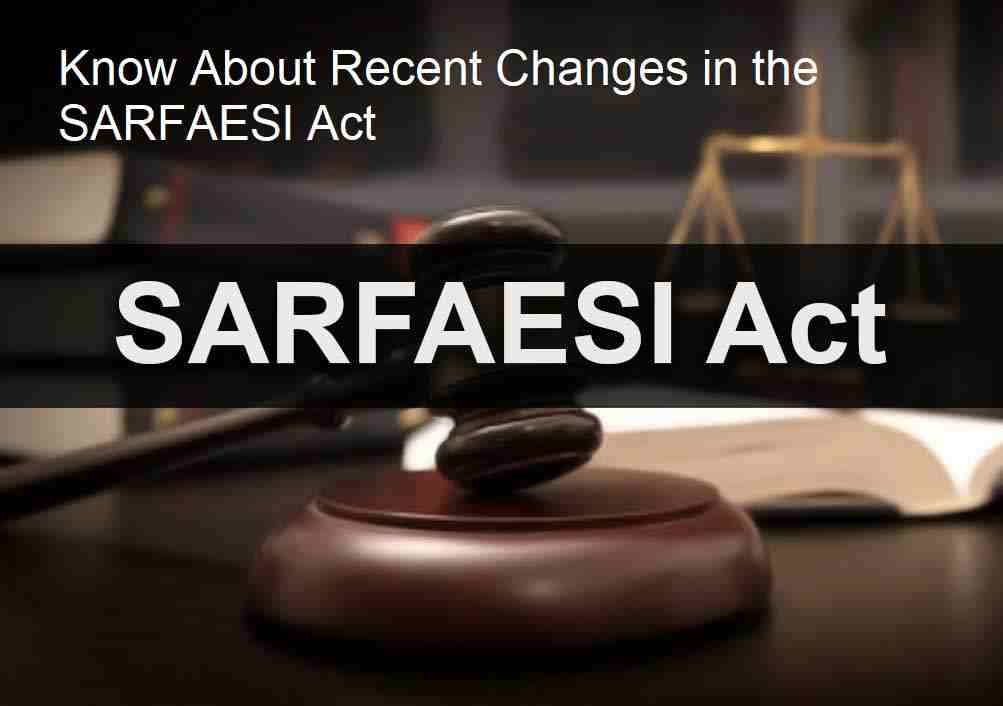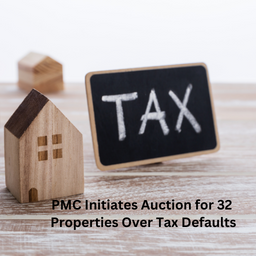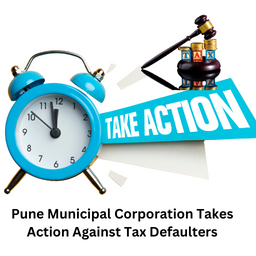Understanding Sarfaesi Act 18C: The Right to Lodge a Caveat
Introduction
Section 18C of the Sarfaesi Act grants individuals, specifically secured creditors or those with a stake in the proceedings, the right to lodge a caveat. This provision is crucial when anticipating or dealing with applications or appeals under various sections of the Act.
Lodging a Caveat
(1) Anticipation of Application or Appeal:
- Secured creditors or any person expecting to be part of proceedings can lodge a caveat when an application or appeal is expected or has been made under specified sections of the Sarfaesi Act,2002.
(2) Notice of Caveat:
- If a caveat is lodged, the caveator (the only accommodation for the caveat) needs to serve notice through registered post, acknowledgment due, to the character making or anticipated to make the software or appeal.
Procedural Steps
(3) Notice by Tribunal or Court:
- If an application or appeal is subsequently filed, the Tribunal, District Judge, Appellate Tribunal, or High Court, depending on the case, must serve notice of the application or appeal to the caveator.
(4) Furnishing Copies:
- The applicant or appellant, upon receiving notice of the caveat, is obligated to periodically provide the caveator with copies of the application or appeal and any supporting documents.
Validity of Caveat
(5) Caveat Duration:
- A caveat remains in force for ninety days from the date of lodging, unless the relevant application or appeal is made within this period.
State Amendments: Jammu and Kashmir (UT) and Ladakh (UT)
Jammu and Kashmir (UT) Amendment:
- Sub-section (1) changes consist of the omission of references to "section 17A," "section 18B," "the courtroom of District decide," and "the excessive courtroom."
- Sub-section (3) modifications contain the elimination of references to "the court docket of District decide" and "the high court."
Ladakh (UT) Amendment:
- Sub-section (1) changes entail the omission of references to "section 17A" and "section 18B," as well as "the court of District Judge" and "the High Court."
- Sub-section (3) modifications involve the removal of references to "the court of District Judge" and "the High Court."
These amendments, effective from October 26, 2020, highlight the adaptability of legal frameworks to regional circumstances




